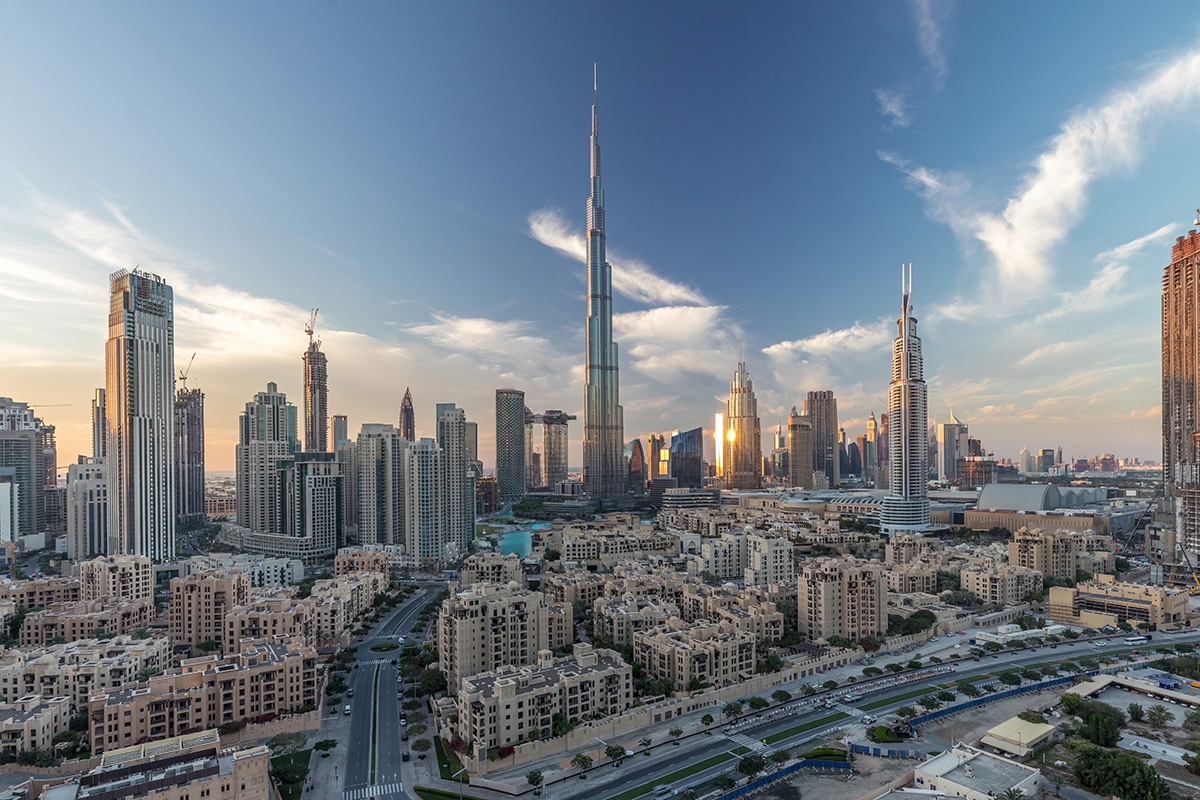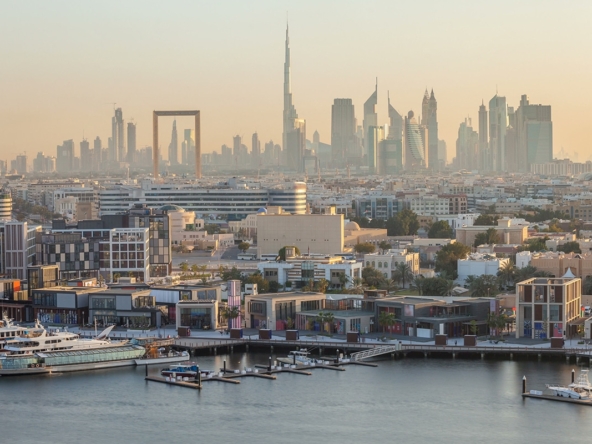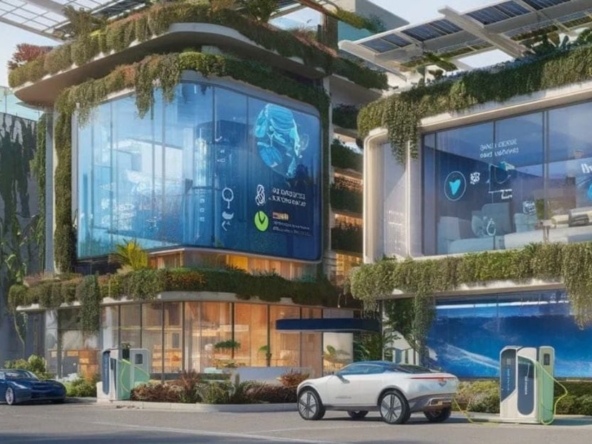The current shift to affordable housing options in Dubai’s residential real estate is taking interesting turns, with buyers with substantial budgets are seen splitting them to acquire two properties rather than one – one for self-use and the other for renting out, industry insiders said.
This dual-property strategy is also reshaping Dubai’s rental market, with apartments in less central areas such as Dubai Hills, Meydan and Dubai Creek projected to see a spike in demand in 2025.
Housing units in areas such Jumeirah Village Circle, International City and Al Qusais are also projected to see a rise in demand next year, industry players said.
The twin-trends are said to be triggered by the surge in expat influx amidst the mushrooming of companies in sectors such as finance, technology and tourism sector on the back of UAE’s drive to prop-up non-oil sectors.
The trend of buyers’ splitting budgets to invest in multiple apartments is also seen in view of the perceived view of a section of sector experts about a slight ‘overheating’ in Dubai’s property market, which could have an impact on valuations.
“Of late, we are seeing the trend of buyers with budgets of $300,000 to $400,000 prefer to buy two apartments for $150,000 to $200,000 each rather than one expensive property,” Ilnara Muzafyarova, CEO of Colife Dubai, a leading real estate consultancy and rental services firm, told Arabian Business.
“This way, they can live in one and rent out the other for passive income,” she said.
Farooq Syed, CEO of Springfield Properties, a leading Dubai-based real estate firm, said investors today are more cautious and calculated in their strategies.
“By splitting their budget between two properties, they are not only diversifying risk, but also positioning themselves to benefit from multiple revenue streams,” Syed told Arabian Business.
Senior executives at other real estate firms also confirmed the rising preferences for affordable housing options.
Surge in expat influx joining finance, tech, tourism sectors to keep housing demand high
Syed said the current trend of buyers splitting their budgets to acquire two properties reflects a strategic shift in Dubai’s real estate market.
Many buyers are adopting this approach, leveraging the city’s strong rental yields, which range between 5.4 percent and 10.8 percent in certain areas, he said.
“This dual-property strategy aligns with Dubai’s evolving investor landscape, where long-term wealth creation and asset diversification are becoming priorities.
“Not only does this provide buyers with personal housing security, but it also taps into Dubai’s ever-expanding rental market, driven by an influx of expatriates and growing population numbers, currently estimated at 3.8 million,” the Springfield Properties’ top executive said.
Sector experts said as the market approaches 2025, the industry anticipates affordable housing to play a central role in Dubai’s real estate landscape.
Investors are seen increasingly focusing on neighbourhoods with high growth potential, such as Meydan Hills and Creek, where property prices remain accessible, they said.
Despite the shift in focus from luxury housing to more affordable options, industry players said Dubai’s – as also the UAE’s – efforts and investments to diversify its economy beyond oil into finance, technology, and tourism will provide strong economic support for the future of the real estate market in Dubai.
More and more people are now moving to Dubai for permanent residence rather than just for vacation and this will keep both the house buying and rental markets in the city in the high-demand territory for a long time to come, they said.
Muzafyarova said the rise in expat relocation will also push up the average rental period in Dubai.
“We predict that by 2025, most rental agreements will be signed for terms of six months or longer,” she said.
Tenants are now choosing more remote areas from the city centre – even neighbourhoods such as Al Qusais and International City, as they are looking to save money and are willing to face the commuting challenges by renting cars or using public transports.
“These preferences are expected to continue in 2025,” Muzafyarova said.
Increasing trend of developers handing over furnished housing units
Syed said areas like Dubai Hills and Creek are poised for significant growth in rentals due to their proximity to key infrastructure projects.
“In 2025, we expect demand for rental properties in these areas to grow by 13 percent as more tenants look for affordable options with access to modern amenities and transport links,” he said.
Additionally, with upcoming projects like Creek Tower or Meydan’s Smart City initiatives, these areas are becoming increasingly attractive for both families and working professionals.
Other emerging areas such as Emaar South and Damac Hills 2 are also showing similar potential, offering investors diverse opportunities for high rental yields, industry players said.
Industry insiders said buyers and investors in Dubai’s residential real estate market are also increasingly preferring furnished apartments for buying or rentals.
People appreciate comfort, there is a demand for it as buyers and prospective tenants are willing to pay for it, they said.
Developers are said to be quickly adapting to the new trend, with more and more projects, of late, being handed fully prepared and ready-to-move in conditions.
“Previously, there were more unfurnished apartments on listings. However, the current trend shows that in 2025 this situation will change,” an industry insider said.
Data from rental market players such as Colife also reveal that the highest demand among renters for studios and one-bedroom apartments are in areas like Marina, JLT, and Business Bay.
Sources...



